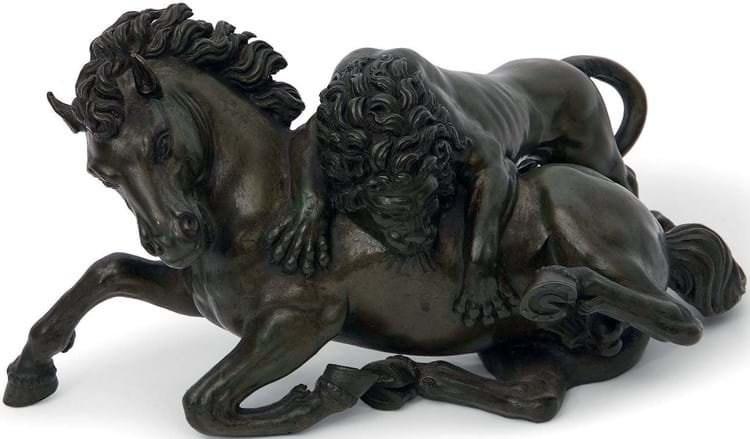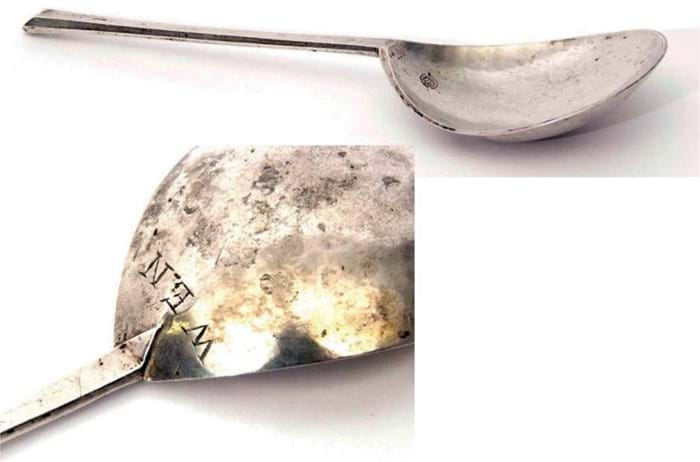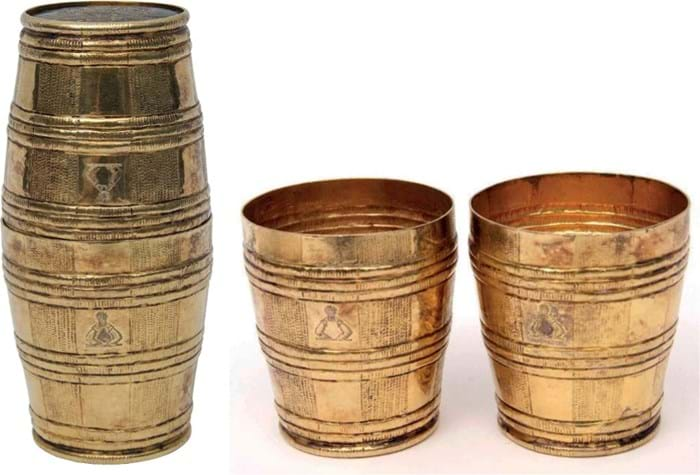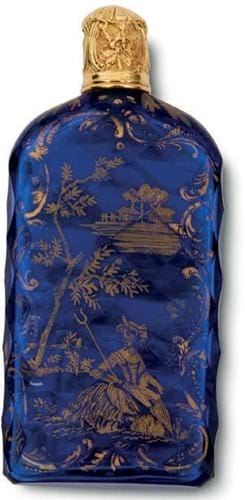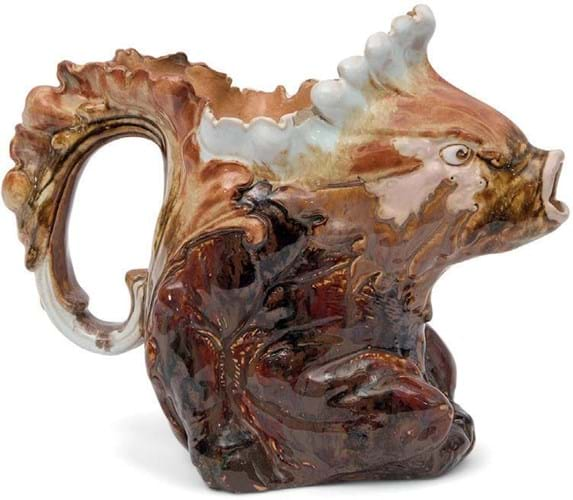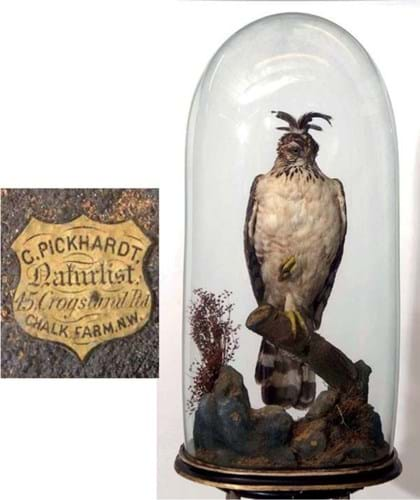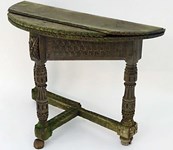The ultimate prototype of this large and robust model is a fragmentary antique marble restored in the 16th century and today housed at the Capitoline Museum, Rome.
It is better known from the series of bronzes associated with the workshop of the great Florentine Mannerist sculptor Giambologna (1529-1608) and his assistants Antonio Susini and Pietro Tacca.
Estimated at £100-150, it went to a buyer using thesaleroom.com at £3300. Should this be confirmed as a 17th century cast, the buyer will have snared a bargain.
Wide range
The two-day 660-lot sale at Keys on March 25-26, conducted ‘live online’, was a welcome return to the auction calendar and posted noteworthy results across the collecting disciplines: from the earliest English silver to taxidermy.
A James I East Anglian silver slip-top spoon was making a relatively quick return to market. This unascribed spoon c.1610 was probably made in Suffolk. It is marked with a stylised fleur-de-lys or trefoil in a pelleted circle while the reverse of the fig-shaped bowl has the scratch initials WEN.
It formed part of the David Constable collection of spoons and was illustrated and written up in volume one of his Silver Spoons of Britain 1200-1710 (2016).
The spoon had sold for £3200 at Woolley & Wallis in Salisbury on October 2017. That made the estimate of £5000-7000 appear ambitious. Nevertheless, it sold at a solid 40% above the previous price, fetching £4500.
A pair of German silver gilt beakers joining together to form a barrel – a kunstkammer form fashionable from c.1600 and here with marks for Brunswick – was hammered down for £1900 (estimate £800-1200).
Meanwhile, sold at £2700 against similar expectations was a fine set of three bombe-sided tea caddies, each with highly embossed decoration of trailing flowers and an armorial crest and leaves and rose and bud finials. All elements carried marks for the partnership of John Henry Vere and William Lutwyche, London 1766.
Of approximately the same date was a fine Bristol blue glass scent bottle, cut with faceted diamond-shaped panels and painted in gilt with rock vignettes, sold at £1250.
It was just the sort of ‘trifle’ available for sale from the James Giles (1718-80) showroom in fashionable Cockspur Street. The business ledgers for the Giles decorating workshop 1771-76 still exist.
They record glass blanks (probably made in Birmingham) bought from two merchants: William Parker’s Glass Warehouse in Fleet Street and the Falcon glasshouse near Southwark Bridge.
Brushwasher shines
Top lot among the Chinese works of art was a 5½in (14cm) celadon brushwasher of the type associated with the Longquan kilns of the Southern Song dynasty (1127-1279).
The very best of these, recognised by the Japanese collecting term kinuta, can bring very high sums but most, made mostly for middle and upper class patrons, are imperfect firings and command prices in the lower thousands.
This one, with an old collector’s label to the base, was pitched at £600-800 and brought £5400.
Two very Victorian objects performed with similar gusto. Among the many salt-glazed stoneware models designed by Mark Marshall for the Doulton Lambeth factory is a 9in (22cm) high grotesque jug modelled as a fish with a scaly tail and legs with cloven feet.
It was made c.1885, a decade after Marshall had left the employ of the Martin brothers, and ranks as one of his best models. A similar example, with extra marks suggesting it was made for export to the US, is retailing online at $12,000. This one, estimated at £600-800, took £3600.
The same price was bid for a late-19th century taxidermy mount of a crested hawk-eagle (or changeable hawk-eagle).
Modelled in a naturalistic setting, perched on a log among foliage and rockery with one talon raised, it was marked with a shield-form label reading C Pickhardt Naturalist of 45 Crogsland Road, Chalk Farm.
Although relatively little known compared with contemporaries, Pickhardt was ranked among the most talented avian taxidermists and was responsible for many of the bird mounts at the South Kensington Museum and the British Museum.


